Heritage of Bauhaus in Chicago
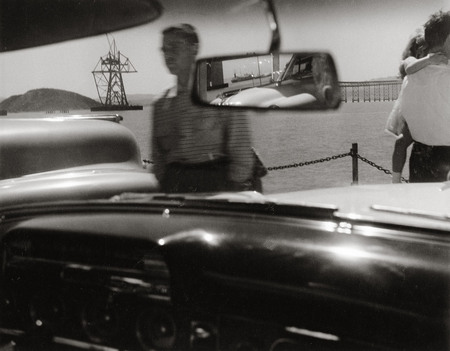
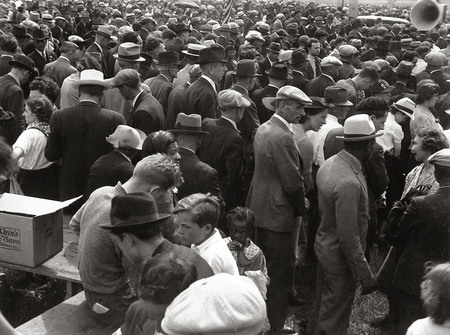

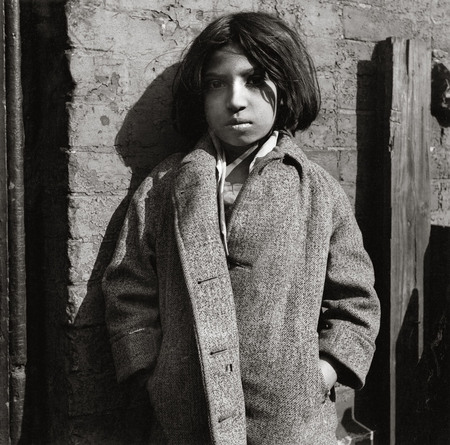

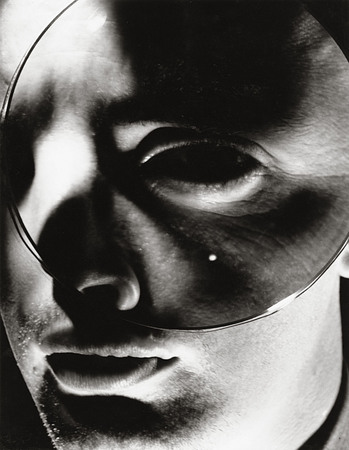
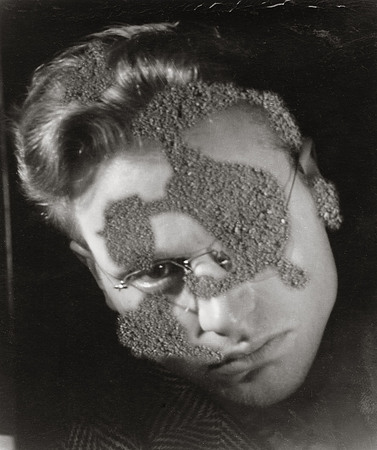
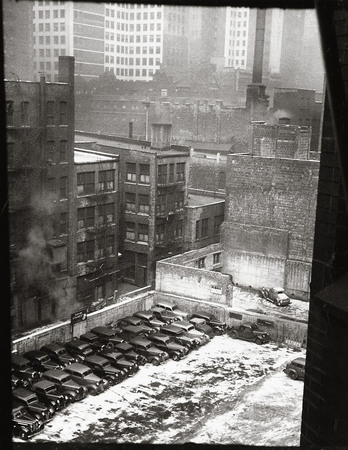
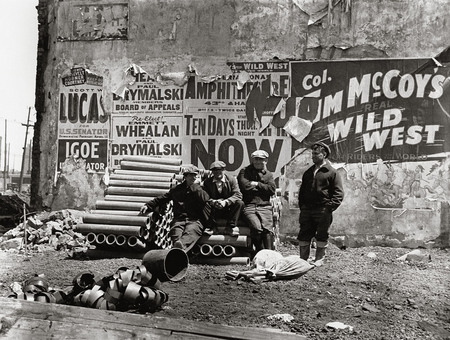
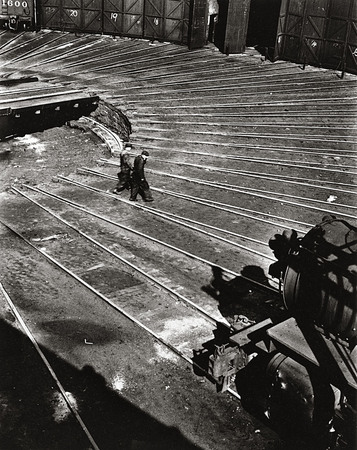
Nathan Lerner. San Francisco Bay. 1936
Nathan Lerner. Republic Steel Memorial March. Chicago. May 30, 1937
Nathan Lerner. Asleep on a Suitcase. Chicago. 1935
Nathan Lerner. Nina. Maxwell Street, Chicago. 1930s
Nathan Lerner. Old Man with Beard. Maxwell Street, Chicago. 1936
Nathan Lerner. Charley's Eye: Focused View for Camera. Chicago. 1940
Nathan Lerner. Face with Sandpaper. Chicago. 1940
Nathan Lerner. Untitled. New York
Nathan Lerner. Hommes contre un mur. Men against Wall. Maxwell Street, Chicago. 1936
Nathan Lerner. Roundhouse #2. Chicago. 1936
Moscow, 27.03.2009—12.04.2009
exhibition is over
New Manege
Gueorguievski per., 3/3 (
opening hours: 12:00 - 21:00, day off - Monday.
Tel: +7 (495) 692-44-59
Share with friends
Curators: Laurnce Sigal and Nicolas Feuillie
Collection Museum of Art and History of Judaisme, Paris
Supported by the French Cultural Center of Moscow and MasterCard Selection
For the press
Nathan Lerner was a versatile artist, a painter, designer and teacher but also a photographer, an aspect of his work whose relevance and importance were not recognised until relatively late in his career. His sensitive pictures of the Maxwell Street district and formal experimentation at the New Bauhaus in Chicago lay at the crossroads of different traditions and prepared the ground for fuller exchanges between American and European cultures.
The son of Russian Jewish immigrants, Nathan Lerner was born in Chicago in 1913. He began studying painting very young, attending Samuel Ostrofsky’s classes at the Art Institute. To sharpen his painter’s eye, he began photographing the neighbouring Maxwell Street district of Chicago in 1935. Since the late 19th century, this working class district had been chiefly populated by Eastern European Jewish immigrants. They were joined by new waves of immigrants and blacks from the southern states of the USA, and by the 1930s its population had become increasingly poor. Lerner’s many photographs of the district are a priceless testimony to life in the United States during the Depression but also the theatre of his experiments with photographic composition and framing.
In 1937, Lerner was one of the first students to enrol at the New Bauhaus school Lбszlу Moholy-Nagy founded in Chicago. The school’s staff were all former students or teachers at the Bauhaus in Germany, and Lerner immediately felt at home there. To complement his research in painting, Lerner began exploring the creative role of light and built a light box to experiment with forms and materials. He also produced ‘light drawings’, photograms and what he described as ‘montages without scissors’ using mirrors.
In his second year at the school, Lerner assisted Gyorgy Kepes in the Light workshop before taking over from him as head in 1941. In late 1945, Moholy-Nagy appointed him director of design studies at the school and in 1946 dean then director of studies. A photographic ‘school’ began to develop there over the ensuing years, with the presence of Henry Holmes Smith, Harry Callahan, Arthur and Bernard Siegel, Myron Kozman, Milton Halberstadt, Frank Levstik and Aaron Siskind.
In 1949, three years after Moholy-Nagy died, Lerner left the school and distanced himself from photography. With Hin Bredendieck, a former Bauhaus pupil, he set up a design studio specialised in everyday consumer items: packages and bottles, toys, lamps and assembleyourself furniture. He also designed a modular house, which he built himself in 48 hours in 1951, and the familiar plastic ‘Honeybear’ honey jar, one of the USA’s most emblematic marketing icons. In the early 1970s, he took up photography again, using colour film for the first time during a trip to Japan with his wife Kiyoko.
We would like to express our profound gratitude to Kiyoko Lerner, whose generous gift to the Musée d’art et d’histoire du Judaïsme made this exhibition possible.
30 March 1913
Nathan Lerner is born into a family of Russian Jewish origin in Chicago. The Lerners live near Maxwell Street, a district largely populated by Jewish immigrants. Nathan frequents the Jewish People’s Institute and at fourteen attends painting classes at the Art Institute of Chicago.
Studies at the National Academy of Arts, Chicago. Takes his first photographs.
1935
Studies under Samuel Ostrofsky, a post-impressionist painter influenced by Renoir and Bonnard. Begins photographing the Maxwell Street district in Chicago and continues until 1940.
1936
Visits the towns of South Illinois with the writer Murray Gitlin, gathering material for a book on the life of the miners.
1937
Lбszlу Moholy-Nagy arrives in Chicago. The Bauhaus in Berlin was closed by the Nazis in 1933. With the support of Walter Gropius — now a lecturer at Harvard — he founds the New Bauhaus. The school opens on 18 September, with a curriculum combining general studies, artistic training and personal development. Lerner enrols at the New Bauhaus.
January 1939
Financial difficulties prompt the school’s closure in August and Moholy-Nagy reopens it as the School of Design. Nathan Lerner assists György Kepes in teaching photography in the Light Workshop.
1941
The first year to graduate includes Nathan Lerner, Myron Korman, Charles Niedringhaus, Grace Seelig and Juliet Kepes. In autumn 1941, Lerner takes over as head of the photography department.
1942
With Moholy-Nagy and Kepes, Lerner co-curates the How to Make a Photogram exhibition at the Museum of Modern Art in New York, composed of work by the school’s teachers and pupils. The exhibition travels throughout the United States. Lerner works with Niedringhaus on the development of a machine for making moulded plywood furniture. He designs a one-piece chair using this technique.
Called to New York to take part in the war effort, he works as a camouflage consultant and designs lamps for the American Navy.
1944
The School of Design in Chicago becomes the Institute of Design and concentrates on ‘scientific’ subjects conducive to the nation’s development.
1945
Lerner returns to Chicago and is appointed dean of the Institute of Design. He directs design studies and also teaches.
1946
Moholy-Nagy dies on 18 November and Lerner takes over as the school’s interim director.
1949
The Institute of Design becomes the Chicago Institute of Design, under the trusteeship of the Illinois Institute of Technology. The curriculum’s increasingly industrial emphasis prompts Lerner to resign and set up his own design studio, Lerner Design Associates. He specialises in low-cost consumer items with simple forms: moulded plastic bottles and containers, lamps, toys, modular furniture, etc. Some of these objects, such as the familiar plastic Honeybear honey jar, become American design icons.
1955
Founds the Low-Cost Modern, a catalogue of beautifully designed objects costing under ten dollars and promoting ‘do it yourself’ techniques. The venture is a huge success. Alongside his career as a designer, Lerner continues to teach and lecture. From 1951 to 1954, he lectures regularly at the Illinois Institute of Technology, and teaches philosophy of design there from 1966 to 1977.
1968
Marries the Japanese classical pianist Kiyoko Asai.
1971
First trip to Japan. Takes up photography again.
1973
First one-man exhibition of photographs at Bradley University, Peoria, Illinois. Exhibitions at the Bauhaus-Archiv, Berlin, the Institute of Contemporary Art, Boston, the Whitney Museum, New York, and the International Photo Gallery, Tokyo. Nathan and Kiyoko Lerner, owners of the apartment rented by Henry Darger since 1930, discover the artist’s work after he moves to an old people’s home.






